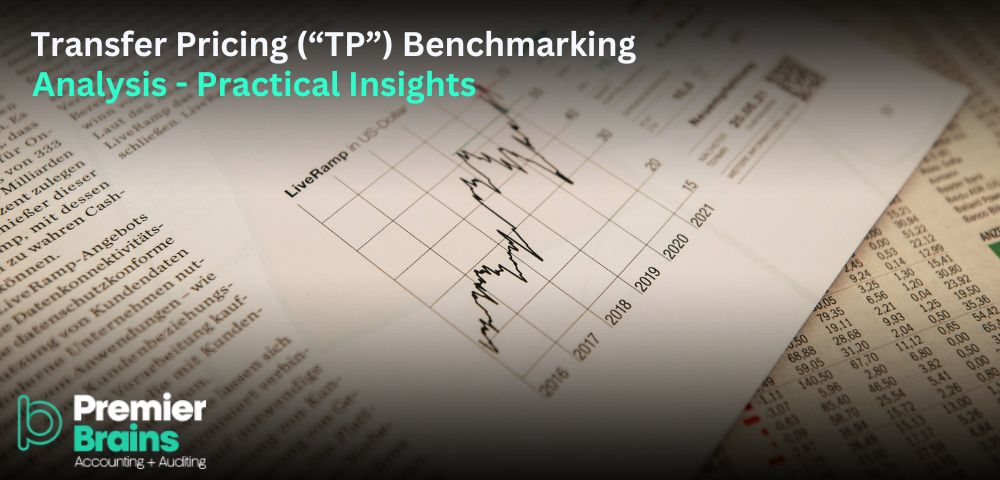Background
On 31 January 2022, the Ministry of Finance (MoF) of the United Arab Emirates (UAE) announced that the UAE will introduce a Federal Corporate Tax (CT) on business profits that will be effective from financial years starting on or after 1 June 2023.
The CT Decree law has been published in December 2022 and with this, UAE now becomes full tax jurisdiction.
Along with CT regime, TP regulations become a reality in UAE. As a welcome step, the TP regulations have been aligned with Organization for Economic Co-operation and Development (OECD) TP Guidelines.
Overview of the TP regime in UAE
- ●
- Transfer pricing comes into consideration where there are related party transactions (also referred to as controlled transaction) and payments (cross-border as well as domestic transactions). In UAE context, TP will be applicable not only to RPTs but also on the payment made to connected persons defined appropriately in the law.
- ●
- TP regime warrants the covered transaction to be compliant with the Arm’s Length Principle (ALP), a price which would have been, had the transaction been undertaken with third party (also referred to as uncontrolled transaction).
- ●
- In-scope businesses will be required to maintain TP documentation such as Local File and Master File and submit a disclosure form subject to meeting certain conditions and thresholds
- ●
- UAE TP Regime also mandates compliance to ALP in special circumstances, one of the most important case being of the Qualifying Free Zone entities.
Benchmarking Analysis
In TP, ALP criteria can be satisfied/tested by performing benchmarking analysis. A comparison implies examining two terms:
- ◮
- the controlled transaction under review
- ◮
- the uncontrolled transactions that are regarded as potentially comparable.
How Benchmarking study is undertaken?
In this article, an attempt is made to share practical insights into benchmarking analysis using external data.
The initial step, would be to search for internal comparable data. The same is done using either of the methods as suggested by the OECD TP Guidelines and also adopted by the UAE.
Typical methods are (i) Comparable Uncontrolled Price method (CUPM), Resale Price Method (RPM), Cost Plus Method (CPM), Profit-Split Method (PSM) and Transactional Net Margin Method (TNMM).
However, in case internal comparable is not present or cannot be used for any valid reasons, external comparable data needs to be obtained using external databases which are publicly available.
Process of performing a comparability analysis (benchmarking study) using external databases:
- ●
- Selection of the appropriate database (TP Catalyst, Amadeus, TP Orbis, Bloomberg etc.)
- ●
- Determination of years to be covered (i.e. period for which the benchmarking is taking place)
- ●
- Broad-based analysis of the taxpayer’s circumstances
- ●
- Filtration/ screening process :
- ○
- Region (Europe, Asia and North America or specific to regions)
- ○
- NACE/ SAC codes (specific to industry/activities) that are relevant to our tested party
- Quantitative filter/screening
- ○
- Applying certain financial ratio screens to improve the comparability – Revenue filter
- ○
- Turnover filter (e.g.: turnover more than 10 Cr - Excluded)
- ○
- The rejection of companies that fail to report financials over a certain time period (e.g. 2 or 3 years)
- ○
- Loss making companies (excluded)
- Qualitative filter/screening
- ○
- Manual review based on their trade descriptions, website, business brochures and other available information on public domain
- ●
- Identification of potential comparable
- ●
- Margin computation and ascertaining the ALP range.
Range needs to include a sizeable number of observations (recommended to be minimum observations of 5).
There are number of challenges which could be faced while undertaking the benchmarking analysis. The same discussed below:
- ●
- Degree of comparability
- ●
- Lack of comparable prices
- ●
- Single year vs Multiple year data
- ●
- Selection of Tested Party (Local v/s foreign entity)
- ●
- Comparable companies (eg. Whether to eliminate government entities, persistence loss making entities etc.)
- ●
- Selection of Profit Level Indicator (i.e. financial ratios for comparison eg. Operating Profits v/s Return of Investments)
- ●
- Treatment of Foreign Exchange Gain or Loss for calculating operating profits
Way forward
TP is a technical topic and every analysis depends on various situations and factors for the most appropriate outcome. The analysis would definitely require assistance from TP experts who have access to various databases. Thus, it is strongly recommended to engage one for better compliance with ALP and largely the TP regulations.
 United Arab Emirates
United Arab Emirates
